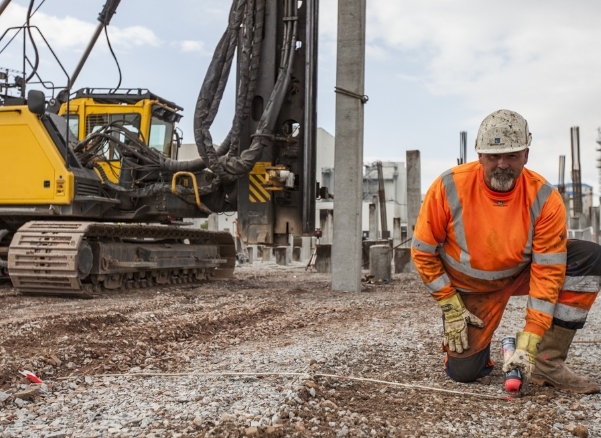What is Compaction Grouting?
Categories:
Company NewsCompaction grouting is a ground improvement method which is used to increase the density of the soil. This method of grouting is usually used to rehabilitate settlement of sensitive structures.
Compaction grouting is carried out by injecting stiff mortar-like grout under pressure through cased boreholes to form bulbs, which pushes the surrounding soil to the side and increasing its density. This grouting method is used for treating a wide variety of loose soils, with relatively good drainage, and is performed at depths ranging from 2m, right down to several tens of meters.
The works are carried out from the surface, with the grout bulbs created from the bottom-up in successive stages of 1m. The degree of densification depends on the type of soil treated and the grid pattern selected for the injection points, with injection rates generally varying from 4 to 6m3 per hour, with that reducing to 2m3 per hour in particularly sensitive conditions. Injection pressure is generally in the range of 1 to 4MPa.
Compaction grouting can also be carried out from an existing basement or locations with limited headroom, and it is possible to drill through hard material to reach the low strength strata beneath for treatment.
The key parameters for compaction grouting are the grid pattern, the injection pressure and the grout take – these determine the performance of grout take.
- The grid pattern is devised such that each drill hole nominally treats a given area in plan. The grid can be square or triangular and generally makes the distinction between primary and secondary (and sometimes tertiary) holes. The grid is determined by the type of treatment required and the radius of influence.
- The radius of influence is the distance from the centre of the drill hole to the furthest point at which there is a change of void ratio as a result of the treatment.
- The injection pressure is dependent on the specific site conditions, such as the presence of buildings, civil engineering structures, open site, treatment depths, etc. The pressure used is prescribed by depth in stages at 1 bar (100KkPa) per meter of depth. This depth is measured from the bottom of the stage.
- Most compaction grouting is performed using grid patterns of 4 to 9m2 with grout take varying from 2% to 6%. In the particular case of sinkholes, grout takes are highly variable and have been known to be as high as 14%.
Specifications for the grout must meet the strict requirements and have the appropriate slump and grading, with the ultimate quality of grout dependant on the condition of the soil being treated. These requirements include that:
- it must be pumpable
- it must not cause soil fracturing
- it must not “bind up” leading to refusal of grout before the injection process is complete.

The Latest. News, podcasts & projects






